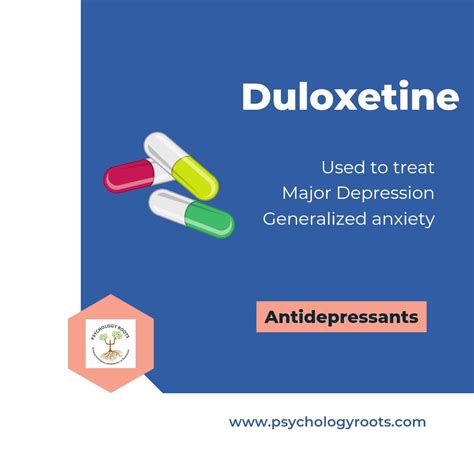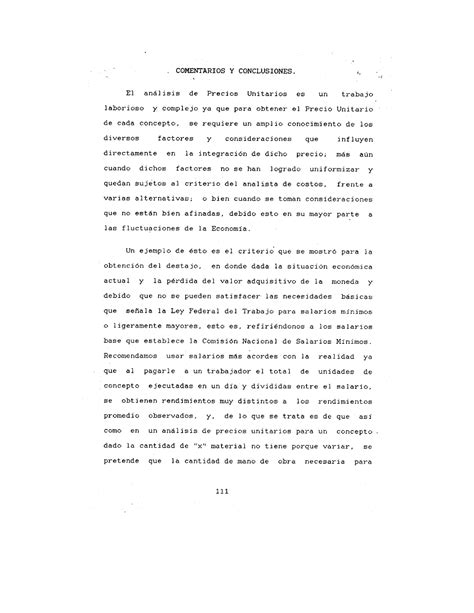Intro
Discover what Amox Clav is, a potent antibiotic combining amoxicillin and clavulanic acid, used to treat bacterial infections, respiratory tract infections, and skin infections, with its mechanism, side effects, and dosage, for effective treatment and recovery.
The importance of understanding antibiotics and their uses cannot be overstated, especially in today's world where antibiotic resistance is becoming a significant concern. Among the numerous antibiotics available, Amox Clav stands out due to its broad-spectrum efficacy and unique formulation. Amox Clav, also known as Augmentin, is a combination antibiotic consisting of amoxicillin, a penicillin-like antibiotic, and clavulanate, a beta-lactamase inhibitor. This combination is designed to combat a wide range of bacterial infections by not only killing the bacteria but also preventing the bacteria from becoming resistant to the antibiotic.
The role of antibiotics like Amox Clav in modern medicine is multifaceted. They are crucial for treating bacterial infections, which can range from mild conditions like ear infections to life-threatening diseases such as pneumonia. The formulation of Amox Clav, with its dual mechanism of action, makes it particularly effective against bacteria that produce beta-lactamase, an enzyme that can inactivate many penicillins. This makes Amox Clav a valuable treatment option for various infections, including those of the respiratory tract, skin, and urinary tract.
Understanding how Amox Clav works and its benefits is essential for both healthcare providers and patients. The amoxicillin component of Amox Clav interferes with the formation of the bacterial cell wall, leading to the death of the bacteria. Meanwhile, clavulanate protects amoxicillin from degradation by beta-lactamase enzymes, thereby extending the spectrum of activity of the antibiotic. This synergistic action allows Amox Clav to be effective against a broader range of bacteria than amoxicillin alone, making it a versatile and reliable choice for treating bacterial infections.
Introduction to Amox Clav

The introduction of Amox Clav into the pharmaceutical market marked a significant advancement in the treatment of bacterial infections. Its ability to combat a wide range of pathogens, including those resistant to other antibiotics, has made it a staple in many treatment protocols. The drug is available in various formulations, including tablets, chewable tablets, and oral suspensions, making it accessible for patients of different ages and preferences.
Benefits of Amox Clav
The benefits of using Amox Clav are numerous. It offers a broad spectrum of activity, covering both Gram-positive and Gram-negative bacteria. This makes it an effective choice for treating infections when the causative agent is not yet identified. Additionally, Amox Clav has been shown to have a favorable pharmacokinetic profile, with good absorption and distribution throughout the body, ensuring that the drug reaches the site of infection in sufficient concentrations.Some of the key benefits of Amox Clav include:
- Broad-spectrum activity against many types of bacteria
- Effective against beta-lactamase-producing bacteria
- Available in various formulations for ease of use
- Generally well-tolerated, with common side effects being mild and transient
Working Mechanism of Amox Clav

Understanding the working mechanism of Amox Clav is crucial for appreciating its effectiveness and potential limitations. Amoxicillin, the active component, works by inhibiting the synthesis of the bacterial cell wall. This is achieved by binding to penicillin-binding proteins (PBPs) located inside the bacterial cell wall, resulting in the weakening of the bacterial cell wall and eventually leading to cell lysis and death.
Clavulanate, on the other hand, acts as a beta-lactamase inhibitor. Beta-lactamases are enzymes produced by some bacteria that can break the beta-lactam ring of penicillins, rendering them ineffective. By inhibiting these enzymes, clavulanate protects amoxicillin from degradation, thereby extending its spectrum of activity to include beta-lactamase-producing strains.
Steps for Taking Amox Clav
To ensure the effectiveness of Amox Clav and minimize the risk of side effects, it is essential to follow the prescribed dosage and administration instructions carefully. Here are some steps to consider: 1. **Take as Directed**: Amox Clav should be taken exactly as prescribed by your healthcare provider. The dosage and duration of treatment will depend on the type and severity of the infection. 2. **With Food**: It is recommended to take Amox Clav with food to reduce the risk of gastrointestinal side effects. 3. **Complete the Course**: It is crucial to complete the full course of treatment, even if symptoms improve before finishing the medication. Stopping the treatment early can lead to the development of antibiotic-resistant bacteria.Side Effects and Precautions

Like all medications, Amox Clav can cause side effects, although not everyone who takes the drug will experience them. Common side effects include diarrhea, nausea, and vomiting. Less common but more serious side effects can include allergic reactions, such as rash, itching, and difficulty breathing, which require immediate medical attention.
Precautions should be taken in certain individuals, such as those with a history of allergic reactions to penicillins or cephalosporins, kidney or liver disease, and pregnant or breastfeeding women. It is also important to inform your healthcare provider about all medications you are currently taking, as Amox Clav can interact with other drugs.
Interactions with Other Medications
Amox Clav can interact with other medications, which may affect how well the drug works or increase the risk of side effects. Some of the medications that can interact with Amox Clav include: - **Allopurinol**: Used for gout, can increase the risk of rash - **Probenecid**: Used for gout, can increase amoxicillin levels in the blood - **Warfarin**: A blood thinner, can increase the risk of bleedingIt is essential to discuss all current medications, including over-the-counter drugs and herbal supplements, with your healthcare provider before starting Amox Clav.
FAQs

What is Amox Clav used for?
+Amox Clav is used to treat a wide range of bacterial infections, including those of the respiratory tract, skin, and urinary tract.
How does Amox Clav work?
+Amox Clav works by combining amoxicillin, which kills bacteria by inhibiting cell wall synthesis, with clavulanate, which protects amoxicillin from beta-lactamase degradation.
What are the common side effects of Amox Clav?
+Common side effects include diarrhea, nausea, and vomiting. Serious side effects can include allergic reactions.
Conclusion and Future Perspectives

In conclusion, Amox Clav is a valuable antibiotic in the treatment of bacterial infections, offering a broad spectrum of activity and effectiveness against beta-lactamase-producing bacteria. Its unique formulation and pharmacokinetic properties make it a preferred choice for many healthcare providers. However, the rise of antibiotic resistance highlights the need for responsible use and further research into new antibiotics and treatment strategies.
As we move forward, it is essential to continue monitoring the efficacy of Amox Clav and other antibiotics, adapting treatment guidelines as necessary to combat emerging resistance patterns. Furthermore, promoting awareness about the proper use of antibiotics and supporting initiatives to develop new antimicrobial agents will be crucial in the fight against bacterial infections.
We invite you to share your thoughts and experiences with Amox Clav, and to consider the importance of antibiotic stewardship in our collective efforts to protect public health. Your engagement and feedback are invaluable in fostering a community that prioritizes responsible antibiotic use and supports the development of effective treatments for bacterial infections.
